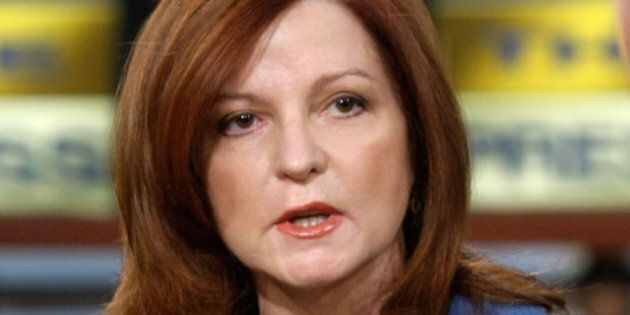
Writing in the Toronto Star last week, columnist Thomas Walkom recalled: "When I started working in newspapers, which wasn't that long ago, female reporters were routinely relegated to what were then called the women's pages."
Perhaps I shouldn't comment on what someone in another newspaper writes, but I get so tired of the cliché espoused by many journalists, usually male, that when they started female reporters were confined to social or trivia pages, not considered up to covering hard news.
If that was once the case, it certainly wasn't when Thomas Walkom broke into the business. He's echoing a line that suits his purpose.
By the time he started working in newspapers, women were solidly entrenched in newsrooms, as competent as any men. His imagination about their relegation to "women's pages" is just that -- imagination, a faulty memory, or a tired cliché.
It's true Walkom has been on the local newspaper scene a long time, but I suspect I've been on it a lot longer. When I started in the mid-1950s, women journalists were among the best in the business.
The Vancouver Sun had Jean Howarth and Simma Holt, the latter whose appearance on a breaking news scene terrified other reporters -- she was that good.
In the Toronto Telegram Ottawa columnist Judith Robinson had the reputation of taking no prisoners. The Tely's Dorothy Howarth won a National Newspaper Award the inaugural year of the award. There wasn't a big story that Dorothy didn't cover -- along with the indomitable Phyl Griffiths and Helen Allen.
At the Star Lotta Dempsey was a big name, and in the 1960s, Jeannine Locke was the paper's top foreign correspondent based in Britain, as was the Tely's Jane Armstrong. June Callwood, Angela Burke, and Michele Landsburg had no peers.
Marguerite Higgins covered the World War II and Korea for the New York Herald Tribune, as well as the Congo's independence and Algerian war in 1961. Lisa Hobbes was another great foreign correspondent.
I find it annoying how this present generation of journalists (who should know better -- male and female), tend to think that before them it was the dark ages for women reporters who could achieve little in newsrooms on their own merits.
Today, the debate on the worth of male and female reporters has faded. The question has been resoundingly answered by the likes of Christie Blatchford at the National Post and Rosie DiManno at the Star -- and in the U.S. by Michelle Malkin, Maureen Dowd, Peggy Noonan, et al.
The Walkom column, in which he made the asinine comment about the plight of women journalists when he broke into journalism, was about Minister of Citizenship Jason Kenney's decision that women who wear full face coverings have to remove them when taking the oath to become Canadian citizens.
Walkom's opinion on Kenney's dictum is fair enough. Depending on your viewpoint, Kenney was being a bit heavy-handed -- or, too hesitant. Regardless, the gesture is a far cry from banning the burka or naqib.
As an oddity, if Thomas Walkom had been covering places like Lebanon, Egypt, Jordan, Syria, Iraq, Morocco, etc. in the past, he'd have noticed that veiled women were not seen as much as one sees them in these countries today.
Why is that, one wonders? Possibly it's because the threats of extremists and religious zealots are the greatest enemy of Muslim women today -- if they only realized it.